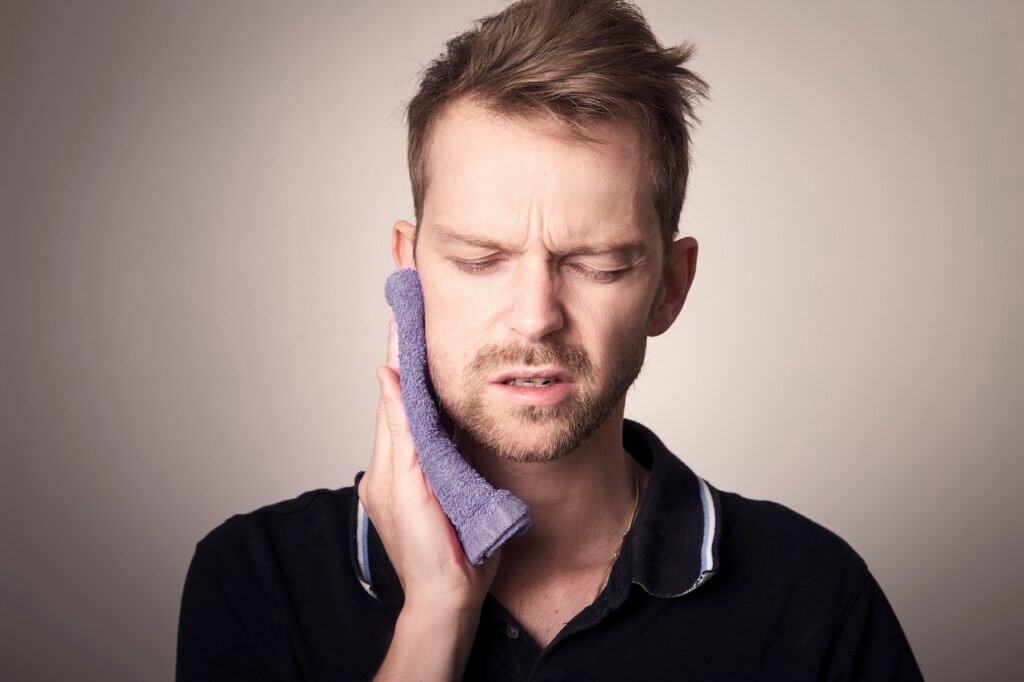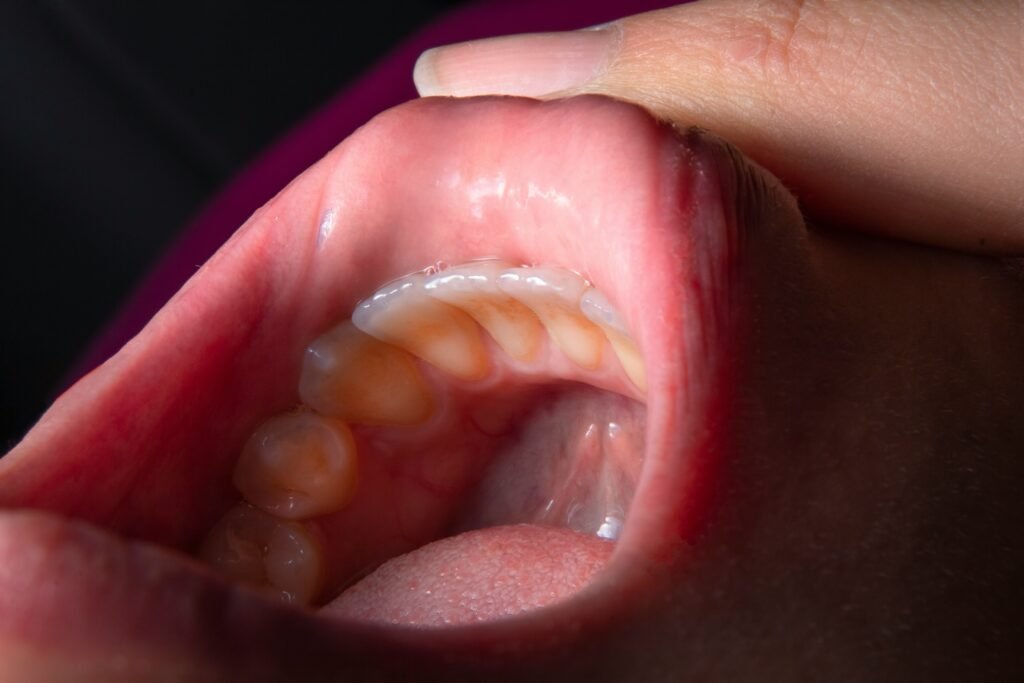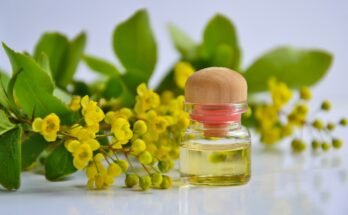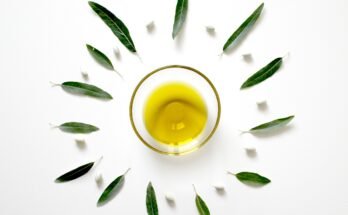Gum irritation—like bleeding, pain, and sensitivity—I knew I had to act quickly. At the early stages, gum disease like gingivitis can be treated and even prevented using simple self-care methods at home. I began practicing good oral hygiene, brushing and flossing more consistently, and changing my daily habits. These home remedies turned out to be surprisingly effective and cheap. For me, the first step was to learn what really works to treat an infection and how to prevent it from progressing to periodontitis, which is a more advanced periodontal issue.
Gum infections are usually caused by bacterial buildup. Instead of using antibiotics like tetracycline, hydrochloride, doxycycline, or minocycline, I focused on eliminating the harmful pathogens through consistent care. Although antibiotics are sometimes prescribed, their use is often limited to severe cases. My dentist said that with the right advice, these problems can be managed naturally. Still, if you experience a fever or intense pain, always seek medical help at a dental office. In many situations, infections can be managed before they’re required to be addressed with medication—especially if caught early and entirely controlled with the right approach.
Bacteria Causes Gum Infections

To treat gum infections without medication, focus on removing the cause—which is usually harmful bacteria that accumulates in the mouth and turns into plaque that irritates the gums.
- Untreated gingivitis can lead to periodontitis, which starts below the gum line.
- The plaque that forms can make gums red, swollen, and even bleed.
- If not removed, bacteria can destroy bone and soft tissue, risking wobbly teeth.
- Severe neglect may result in teeth falling out, which is harder to treat later.
Why Antibiotic Therapy is Limited
- Not all infections need antibiotics, especially when gingivitis is simply an inflammatory reaction to plaque on the gums.
- Proper oral hygiene and manual methods for removing plaque are often more effective than prescribed medication.
- Antibiotics are used for killing bacteria or preventing them from spreading, but overuse can lead to resistance.
- In chronic conditions like advanced periodontal disease, long-term or prolonged use of therapy might be required.
- This increases the risk of fungal infections and harmful pathogens.
- Early prevention and natural treatment often control bacterial infections that persist over a long time without the need for antibiotics.
They Are Used In A Limited Number Of Cases

Some cases may still need antibiotics, but only a small number of them are indicated for a short period to reduce harmful pathogens that lead to oral infection or systemic symptoms like fever and sickness.
- Prophylactic coverage helps prevent postoperative infection in immunocompromised patients or those with prosthetic heart valves.
- Acute infections and severe abscesses may require a prescribed treatment plan.
- If conventional therapy fails in refractory periodontitis, a combination approach may be needed.
- Advanced periodontitis with severe bone loss might call for a full course as advised by a dentist after weighing the pros and cons.
Treatment of Gum Infections without Antibiotics
Gum infections can often be managed without medicine by developing and maintaining good oral hygiene, which acts as a first-line defence. In cases of advanced infections, specialist treatment from expert dentists may be needed. But for most people, daily self-performed care is an effective treatment that keeps issues from getting worse.
The Basics of Good Daily Self-Performed Care
To protect your teeth and gums from harmful bacteria, it’s important to brush twice each day for at least 2 minutes and clean between the teeth using floss, a water flosser, or interdental brushes. Use a gum pocket brush for PD pockets, replace your toothbrush or electric toothbrush head every 3-4 months, and visit your dentist as recommended. Also, avoid foods and drinks high in sugar, stop or reduce smoking, and cut back on e-cigarettes and vaping to stay clean and healthy.
Home Remedies
To get rid of a gum infection without antibiotics, it’s important to brush twice each day, rinse after each meal, and floss daily using a toothbrush with soft bristles. A natural mouthwash can support your routine, along with regular exams and cleaning appointments at the dentist. Also, avoid foods and drinks high in sugar, which feed harmful bacteria.
Some natural remedies have been studied for their effectiveness in treating periodontitis and gingivitis, like salt water, baking soda rinses, probiotics, oil pulling, and herbs such as cloves. Though not always routinely recommended by dental professionals or major healthcare organisations in the UK or USA, these suggested remedies can help remove bacteria manually before trying advanced treatments.
Can you get rid of gingivitis naturally?
I’ve learned from experience that consistent oral care and smart home remedies can truly reduce the risk of developing gingivitis and other dental diseases. To prevent and treat the buildup of plaque and tartar, I started brushing my teeth twice a day with a soft, or sometimes extra-soft, toothbrush, even switching to an electric one. I made sure to replace it every three months, and added flossing daily and a natural mouthwash into my routine. My dentist recommends visiting at least once a year, especially if you’ve already developed periodontitis, which needs professional cleaning. I also found that practicing good habits like limiting sugary foods, refraining from smoking or chewing tobacco, and staying alert to symptoms like severe pain or bleeding makes a difference. If improving naturally doesn’t help, always check with a doctor, because untreated infections can turn into serious health problems.
- Brushing
- Flossing
- Mouthwash
- Avoidance
- Checkup
Can I Use Salt Water to Help a Gum Infection
When I had gingivitis, I learned that saltwater can be an effective way to reduce bacteria and ease pain. A 2017 study showed it’s helpful in reducing plaque, and using it 2-3 times a day helped treat the infection in my gums. But if used too often or for the long-term, it may negatively affect the tooth enamel and even erode your teeth.
Some herbal mouthwashes, like lemongrass, tea tree, or aloe vera, are great homemade combinations to support healing. Unlike chlorhexidine, which is strong but may have side effects, these mouthwashes are gentle and reduce inflammation. If you notice serious symptoms, like pain, swelling, or damage, don’t wait—contact a professional office for help before the disease gets worse or spreads to your jaw.
Mouthwash
When I had a mild case of gingivitis, I didn’t want to rely on antibiotics, so I looked into natural remedies that really worked. One of the simplest ways I found was using a salt water rinse, which helped in relieving the symptoms like swelling and soreness. But when the salt water rinse didn’t fully help, I decided to try a homemade mouthwash made with essential oil and other suggested ingredients. I made sure to use a highly diluted mixture to avoid irritation, especially since some oils can trigger an allergic reaction if too strong. I would swish the mixture gently in my mouth, being careful not to swallow, and then spit it out after swishing for about 30 seconds. If you’re not into DIY, there are also over-the-counter or prescription mouthwash options labeled for advanced mouthwash care that target gum infections, but always read the labels and start gently.
Lemongrass oil mouthwash
Using lemongrass oil as a mouth rinse is an effective natural method to help prevent gingivitis and reduce plaque, as shown in research studies from 2017 and 2021 . I often dilute 5 drops of lemongrass essential oil with 1 teaspoon (tsp) of 75% ethyl alcohol and mix it into 7 tablespoons (tbsp) of water to make a fresh solution. I gently swish it in my mouth for 30 seconds, then spit it out and repeat this two or three times per day. This routine helps me avoid antibiotics while keeping my gums healthy.
Aloe vera mouthwash
According to research from 2023, using aloe vera juice as a mouthwash is just as effective as chlorhexidine for reducing plaque and gingivitis. I always use 100% pure juice from a reputable source, then swish it in my mouth for 30 seconds, spit it out, and repeat two or three times per day. It doesn’t need to be diluted, but I make sure to check the label and follow all instructions for the best methods and reduced symptoms.
- mouthwash
- solution
- instructions
- Symptoms
Tea tree oil mouthwash
A 2020 study showed that tea tree oil mouthwash is a promising natural treatment for gingivitis. I mix three drops into a cup of warm water, then swish the solution in my mouth for 30 seconds, spit it out, and repeat two or three times per day. You can also add a drop to your toothpaste while brushing your teeth for extra care.
- treatment
- solution
- brushing
Sage mouthwash
According to researchers in a 2024 study, sage mouthwash can significantly improve the early signs of periodontitis by calming inflammation in the gums and surrounding periodontium. I usually boil 2 cups of water, then mix 2 tbsp of fresh sage, 1 tsp of dried sage, and a pinch of salt, let it simmer for 5 to 10 minutes, strain and cool it into a solution. I rinse with it two or three times per day to treat infection and heal swollen gums thanks to its antibacterial and anti-inflammatory properties.
- boil, mix, rinse
- gums, infection, solution
- periodontitis, study, improve
Guava leaf mouthwash
Guava is an effective natural treatment used to manage oral hygiene, offering anti-plaque properties with proven benefits, as shown in research . To prepare, crush five to six tender guava leaves using a mortar and pestle, add to 1 cup of boiling water, and simmer for 15 minutes. Let it cool, mix in a small amount of salt, then swish the lukewarm mouthwash in the mouth for 30 seconds, spit it out, and repeat two or three times per day.
- anti-plaque rinse for gum infection
- crushed leaves enhance solution strength
- simmer draws out healing compounds
- lukewarm mouthwash is gentle on tissues
- spit out after swishing
- repeat use for lasting effects
Oil Pulling
Oil pulling is a natural method that works like a mouthwash, though more time consuming, as it requires swishing oil in the mouth for 20 to 30 minutes. This technique helps reduce harmful bacteria, eliminate toxins, and improve oral health. It’s a safe practice rooted in Ayurvedic medicine, used for thousands of years and gaining popularity in the West in recent years.
To begin, swish a smaller amount of oil for a shorter time until you can tolerate the full 20 minutes. Be careful not to swallow the liquid, as it collects bacteria and waste from the tissue in the mouth. Doing this in two shorter sessions per day can also be helpful for beginners.
Coconut oil pulling
Coconut oil is rich in lauric acid, which has strong anti-inflammatory and antimicrobial properties, and a 2020 study by researchers showed that oil pulling with it significantly reduces plaque and early signs of gingivitis. Use 1 to 2 tsp of fractionated coconut oil (a liquid at room temperature) and swish it in your mouth for 20 to 30 minutes, then spit, rinse with water, drink a full glass, and brush your teeth.
- swish gently to avoid touching the throat
- always spit the oil after time is up
- follow with a rinse and brush for best results
Arimedadi oil pulling
ResearchTrusted Source shows that arimedadi oil, made from a combination of ingredients like clove and acacia, can help inhibit plaque growth and improve gingivitis symptoms. Apply 4-5 drops to the gums, gently massage for two minutes, avoid the throat, then spit, rinse the mouth with water, drink a full glass, and brush the teeth afterward for best results.
- plaque control with herbal oils
- massage boosts absorption
- rinse clears the mouth gently
- clove supports natural disinfection
- spit oil to remove toxins
- brush to finish the routine
Topical treatments for gingivitis
When mouthwashes are not helping, it can be beneficial to apply a topical cream or gel directly to the gums for focused support against infection.
- brush teeth and rinse thoroughly
- use a pea-sized amount of gel
- apply using a finger, cotton swab, or toothbrush
- allow to sit for 30 minutes without eating or drinking
- swish with water to clear the mouth
- spit out the residue
- repeat the process two times a day
Advanced Periodontal Disease
When gum disease progresses beyond the mild form of gingivitis, it often turns into advanced gum disease, where deep pockets and build-up of hard tartar can form around the tooth roots. At this stage, dental professionals or a periodontist may need to remove the bacteria and restore the environment of the gums, but long-term success depends on an oral hygiene routine that is truly first class. To keep it treated and even cured, one must develop and maintain good oral hygiene with help from an excellent dentist and consistent periodontal treatment.
Periodontitis Treatments Include
- Root surface debridement and scaling treatment are deep cleaning procedures that remove plaque and tartar from above and beneath the gum line.
- A gingivectomy helps treat gum disease by cutting away part of the gum around the infected tooth to stop further damage.
- Flap surgery involves raising the gum to allow easier cleaning, and any diseased tissue is removed in the process.
- The tooth root is also cleaned, and this helps reduce and eventually eliminate periodontal pockets that trap bacteria.
- In some procedures, bone grafts or materials are used to regenerate soft tissues and support healing of the root area.
Treating Gingival and Periodontal Abscesses
When a bacterial infection leads to an abscess, it must be drained to remove debris and bacteria from periodontal pockets, followed by scaling and root planing for a deep clean of the gums. Until the area remains stable, avoid flossing, use a soft toothbrush to clean your teeth, and take pain relief like ibuprofen if recommended. A cold compress may reduce pain, and it’s important to notify your dentist immediately.
Preventing Gum Infections
Preventing gum infections is easier than trying to treat or cure them after they’ve caused damage to your gums, alveolar bone, or other soft tissues. By following good oral hygiene, eliminating and controlling risk factors like smoking, uncontrolled diabetes, and diets high in sugar, you can change the environment in your mouth where harmful bacteria often survive. Actions like stopping smoking and reducing sugar help prevent the growth of bacteria and lower the chance of gum disease.
When to See A Dentist About Gum Infections
If a bacterial infection causes a periodontal abscess, gingival abscess, or tooth infection, and you’re dealing with severe or painful symptoms, it’s advisable to book an appointment with a dentist right away. Getting timely treatment can help prevent further damage and manage the infection before it worsens.
What is the fastest way to heal a gum infection at home?
To soothe a swollen gum and manage an oral infection, a rinse made by mixing salt with warm water can help. This salt water solution supports killing bacteria and works to break down excess abscesses, pus, and buildup around the tooth and surrounding tissue. It offers a quick and natural way to ease symptoms at home.
Can a Gum Infection Clear Up Without Antibiotics?
Using salt water may help treat a gum infection, but it’s not a cure. If symptoms continue or get worse, it’s important to contact a dental office and be seen as soon as possible. Sometimes, antibiotics are needed to clear up the infection, stop its spread, and avoid further damage to the gums or jaw.
What is the best natural antibiotic for gum infection?
Natural remedies like garlic, clove oil, tea tree oil, aloe vera, turmeric, saltwater rinses, and ginger can offer temporary relief from gum discomfort. These options help soothe inflammation and reduce bacteria naturally, but they are not a substitute for professional dental care, especially when symptoms persist or worsen.
What Kills Gum Bacteria?
To eliminate harmful bacteria from the mouth and help cure periodontal disease, a proper treatment plan by a dental professional is essential. In mild to moderate disease cases, a deep cleaning procedure like scaling and root planing is often used, which removes plaque and tartar from the teeth and gums, making it easier to restore gum health.

Jake Morrison is a health journalist and certified medical researcher who specializes in obesity treatment and diabetes care. With a background in biomedical science and years spent analyzing real-world outcomes of GLP-1 therapies like Ozempic, Jake brings an evidence-driven, reader-friendly approach to complex medical topics.




